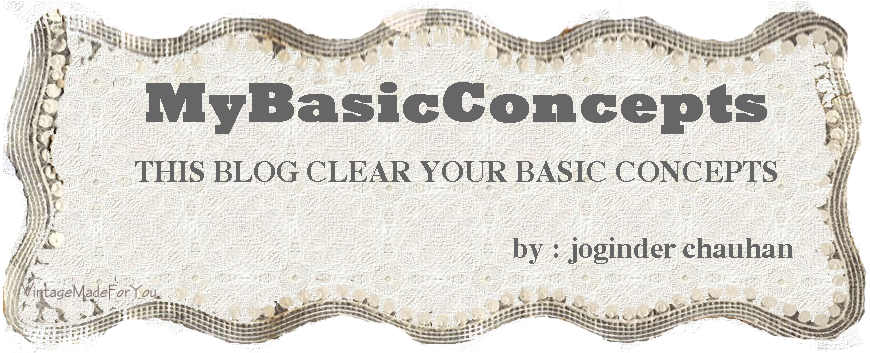A PRESSURE is the result of a FORCE being applied to a specific cross-sectional area, and is defined as FORCE per unit AREA, as in POUNDS per SQUARE INCH. For example, if a downward FORCE of 1000 pounds is applied evenly to a square plate of steel which measures 2" by 2" (4 square inches of area), then the PRESSURE applied to that block (Force per unit AREA) is determined by dividing the FORCE (1000 pounds) by the AREA (4 square inches), which is 250 pounds per square inch ("psi").
If the same 1000 pound FORCE was applied to a plate which measured 2" x 4" (8 square inches), then the PRESSURE would be reduced to 125 psi because the area of the plate doubled. The same force is being applied over a greater area, resulting in a LOWER force per unit area.
Taking it a step further, suppose you have a hydraulic cylinder with a 1/2" diameter piston. The area of that piston = diameter x diameter x 0.785, or in this case, 0.5 x 0.5 x 0.785 = 0.196 square inches. Now, if you apply 1000 pounds to the rod of that cylinder, the 1000 pound FORCE is applied by the rod to the piston, which acts against the oil in the cylinder to produce a pressure in the oil of 5102 (1000 / 0.196 = 5102) psi. If that oil is routed through some tubing to another hydraulic cylinder which has a 2.5 inch diameter piston, then the 5102 psi will be applied to the 4.91 square inch piston (2.5 x.2.5 x .785 = 4.91) and results in a 25, 050 pound force being available at the end of the rod on that cylinder.

Nice Information!!!
ReplyDeleteCheck GATE 2018 Cut Off here category wise.